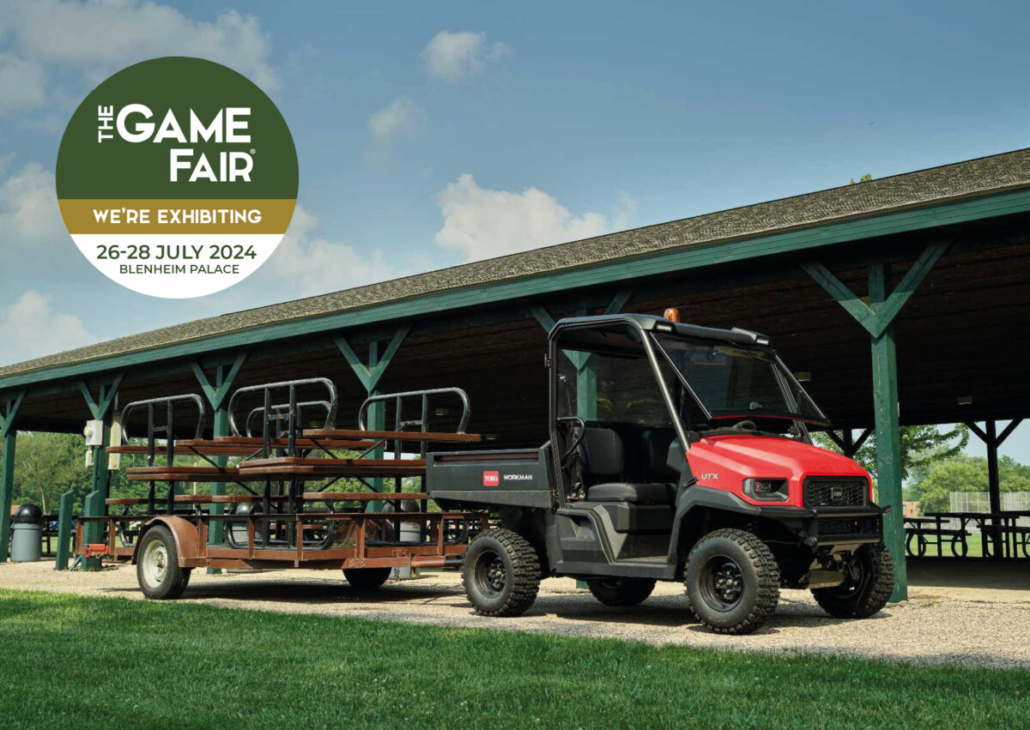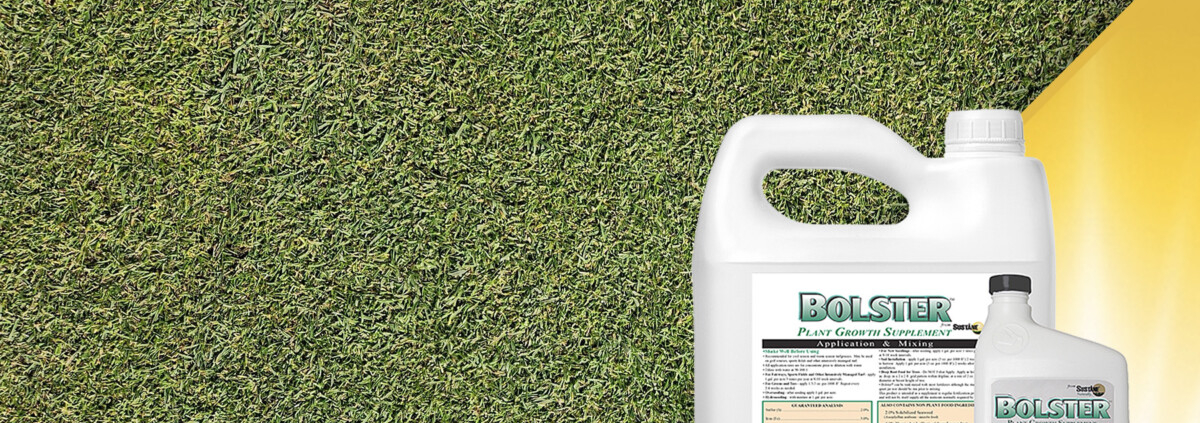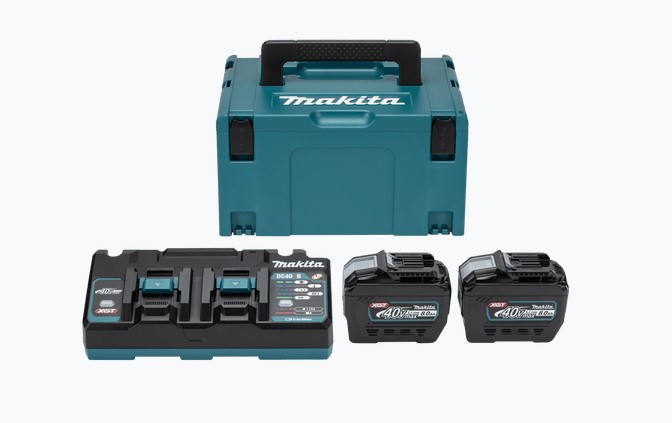Boost your game with Toro at the Game Fair
Boost your game with Toro at the Game Fair: Machinery distributor Reesink UK is bringing a selection of revolutionary Toro machinery to The Game Fair for the first time.
One thing Reesink knows for sure is that landowners need machinery they can rely on to make their workload easier and more efficient.

Boost your game with Toro at the Game Fair
That’s why Reesink is bringing a choice of versatile, convenient machinery including the Workman UTX utility vehicles and a powerful, multi-purpose Groundsmaster 3300 mower, all from Toro.
David Timms, Reesink’s National Accounts Manager, says: “Decent machinery that is formulated to handle those heavy-duty tasks effectively, can help landowners to keep on top of estate maintenance with ease, while cutting costs.
“It is important to have the right equipment for the job, and just as quality is a consideration when choosing a car, it’s equally as important when it comes to the machinery used to sustain and upkeep grounds. It’s with good reason that Toro is widely known for their quality when it comes to machinery.”
The Toro Workman UTX 4×4 utility vehicle – available in both two and four seat options – is built to tackle all terrains and with 25 percent more cargo capacity than that of others in its class and a towing capacity of up to 2000lbs, it delivers the ultimate productivity.
It guarantees the right speed and power for the job in hand, meaning customers can choose between lower RPMs for lower fuel consumption and sound near the house, or higher RPMs for more power to transport a heavier load up any inclines.
The Toro Groundsmaster 3300 and its innovative flail attachment delivers year-round productivity and multiple cutting options. It copes easily with longer, coarser, dry or wet grass, and when paired with the fine-cut flail attachment option, cuts two ways. It’s this sort of innovation from Toro that guarantees the kind of productivity customers today demand.
Toro is a firm favourite with National Trust properties, private schools, colleges and universities and sports venues, but that doesn’t price it out of the market for today’s homeowner. Come and see at The Game Fair on 26–28 July on stand FBJ.
For the latest industry news visit turfmatters.co.uk/news
Get all of the big headlines, pictures, opinions and videos on stories that matter to you.
Follow us on Twitter and Instagram for fun, fresh and engaging content.
You can also find us on Facebook for more of your must-see news, features, videos and pictures from Turf Matters.
















